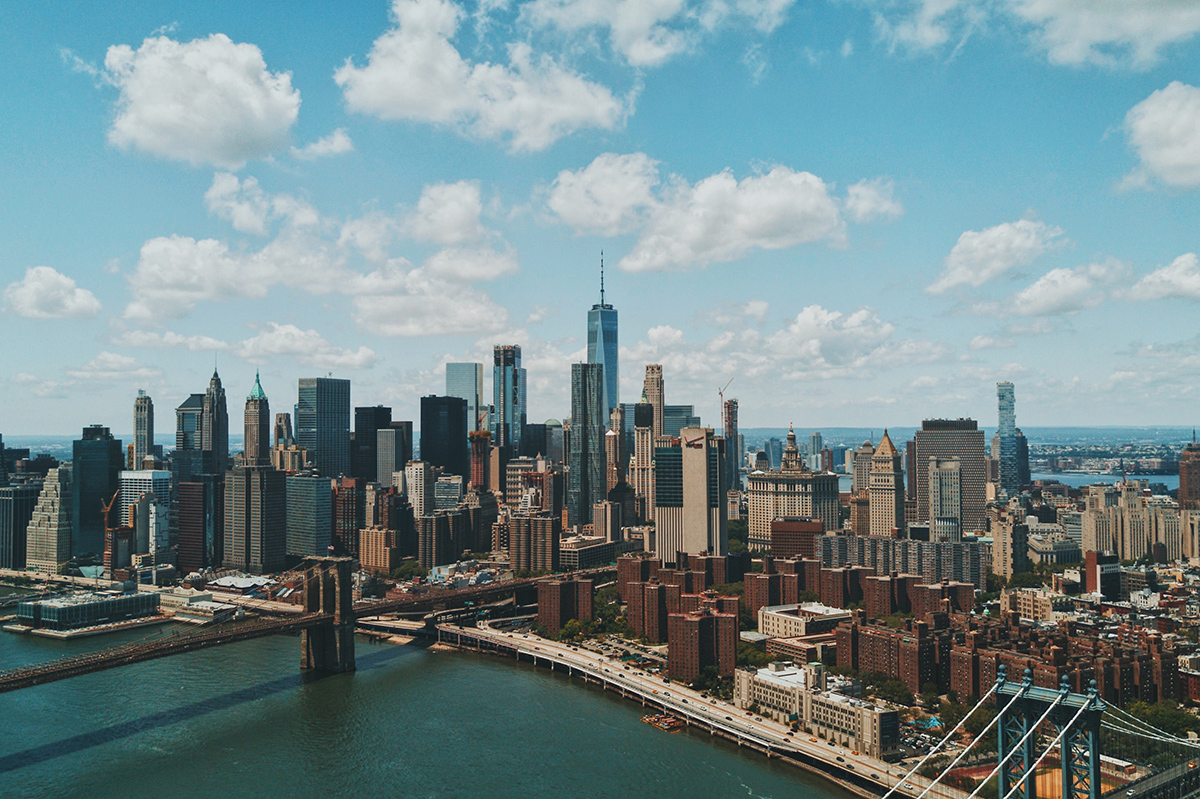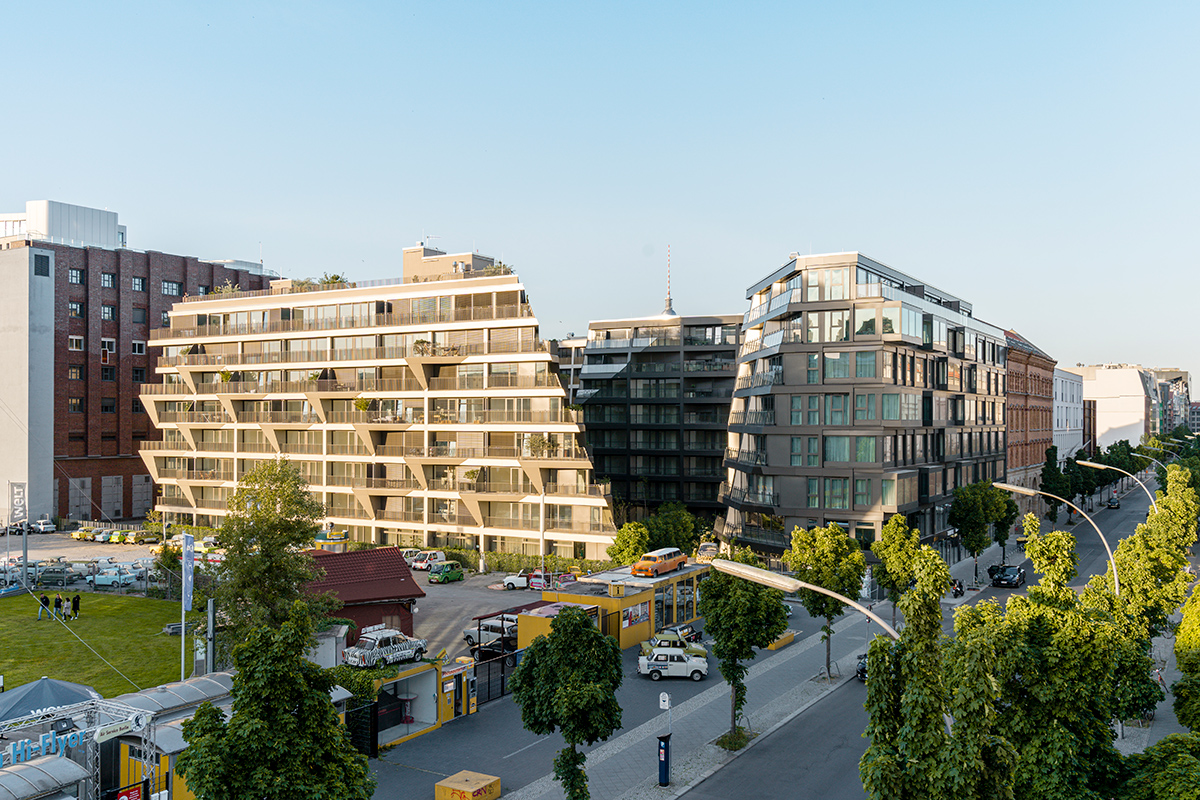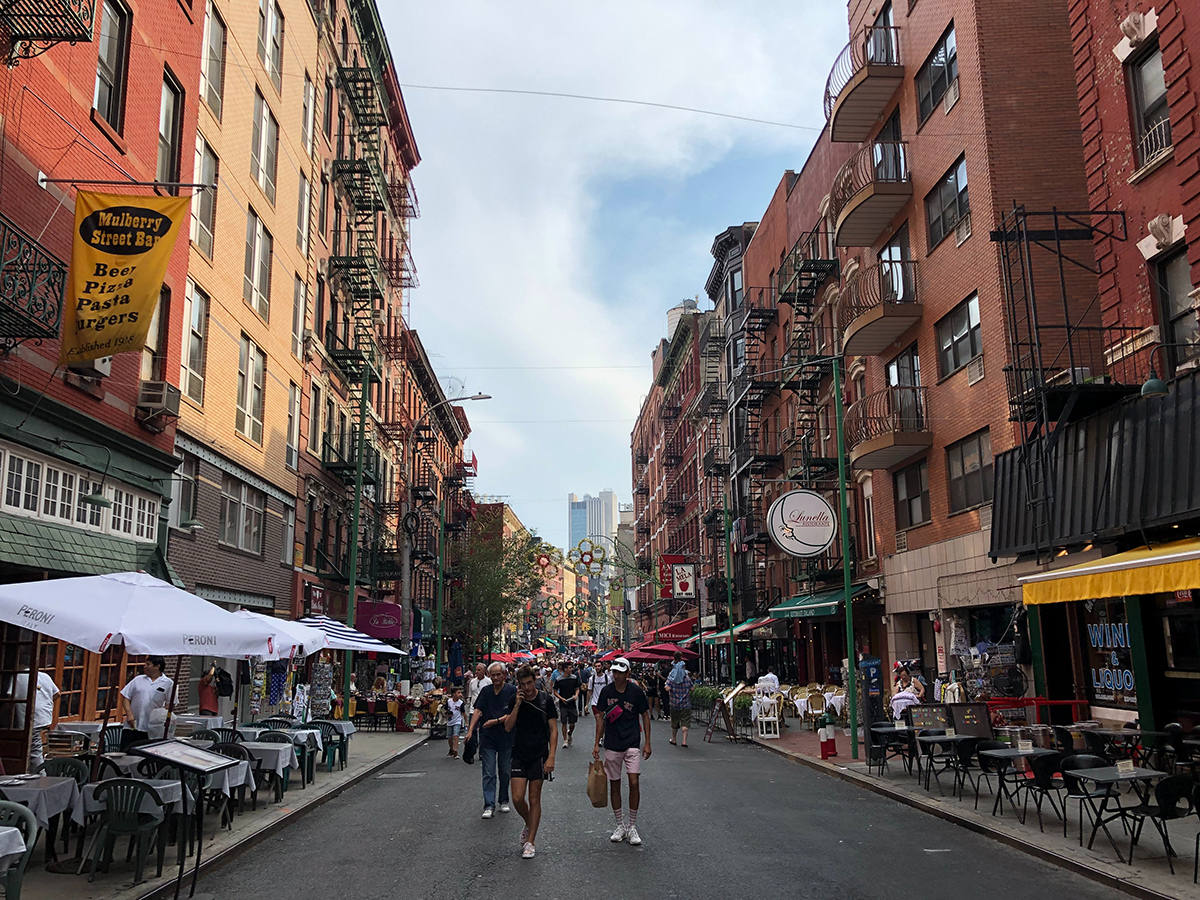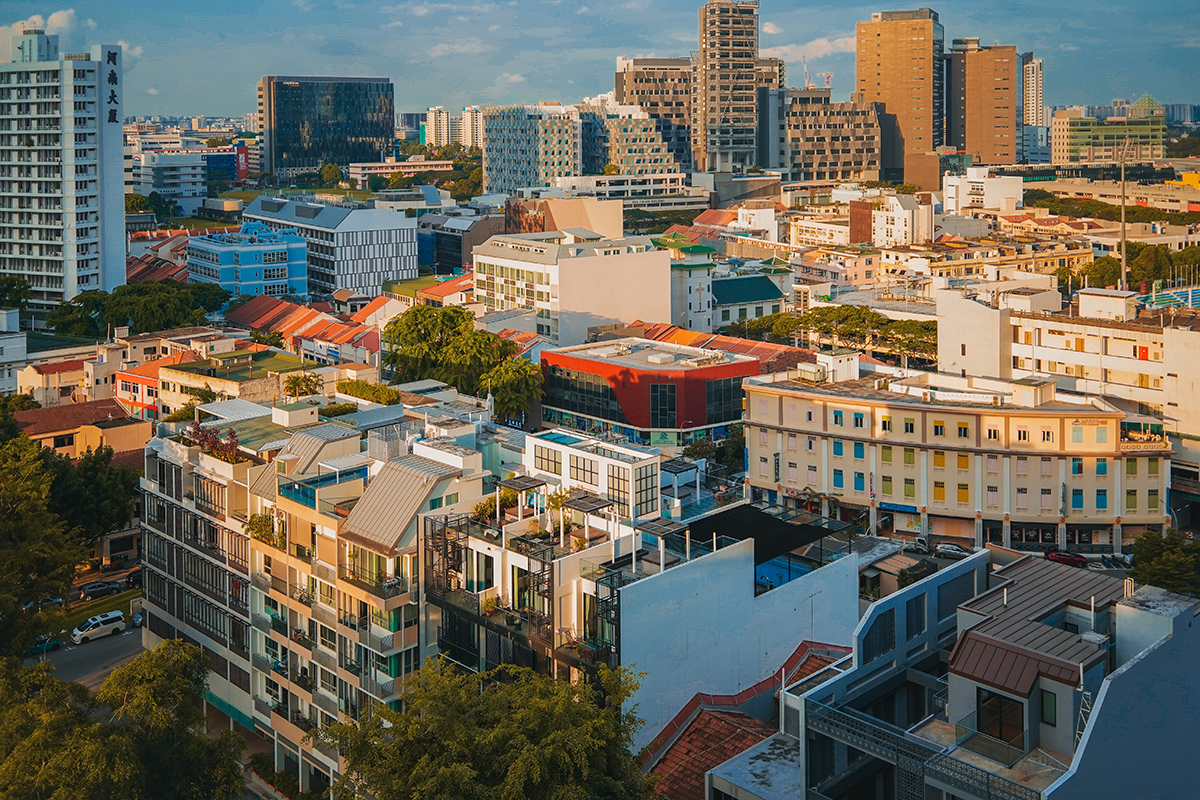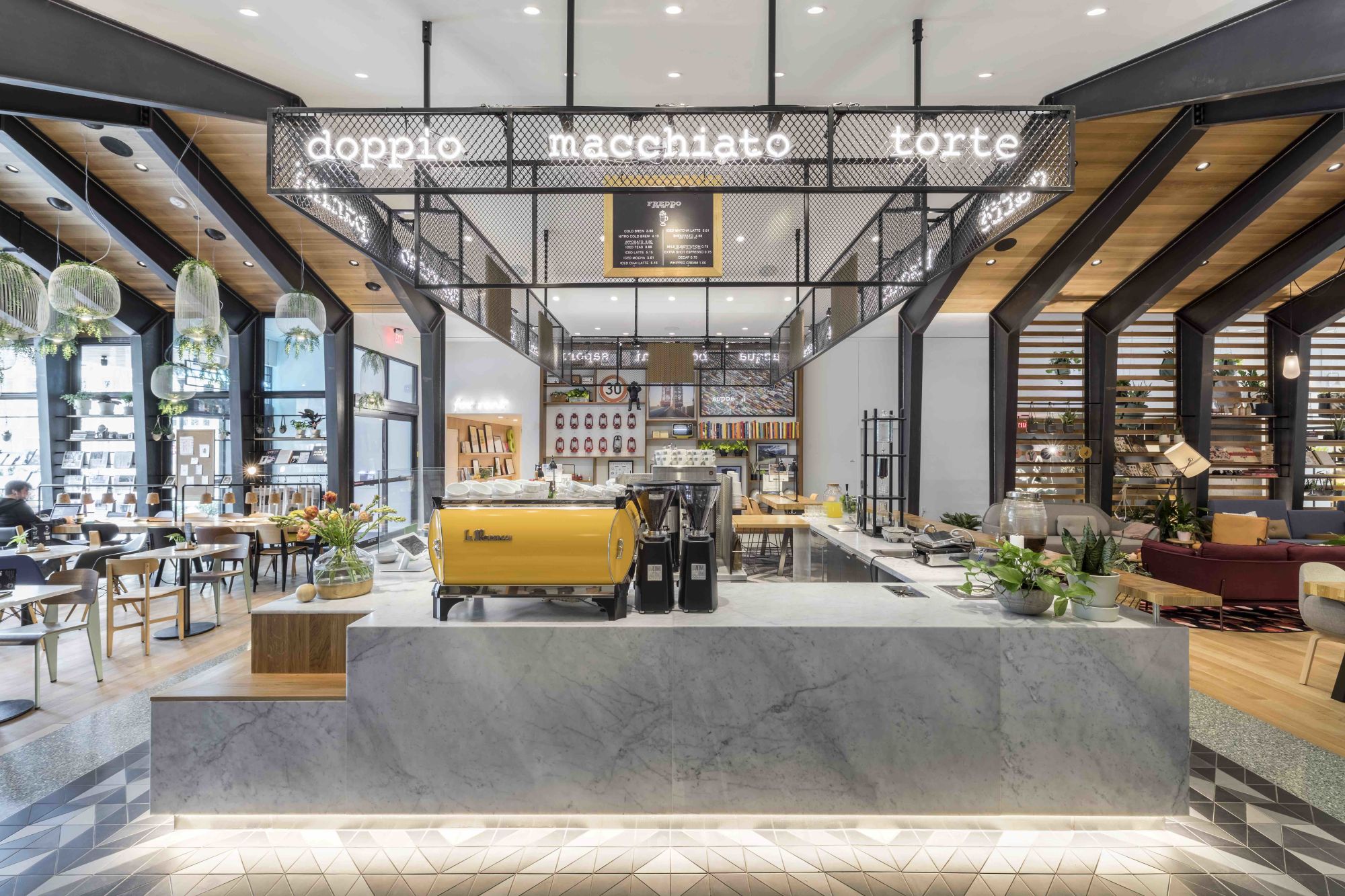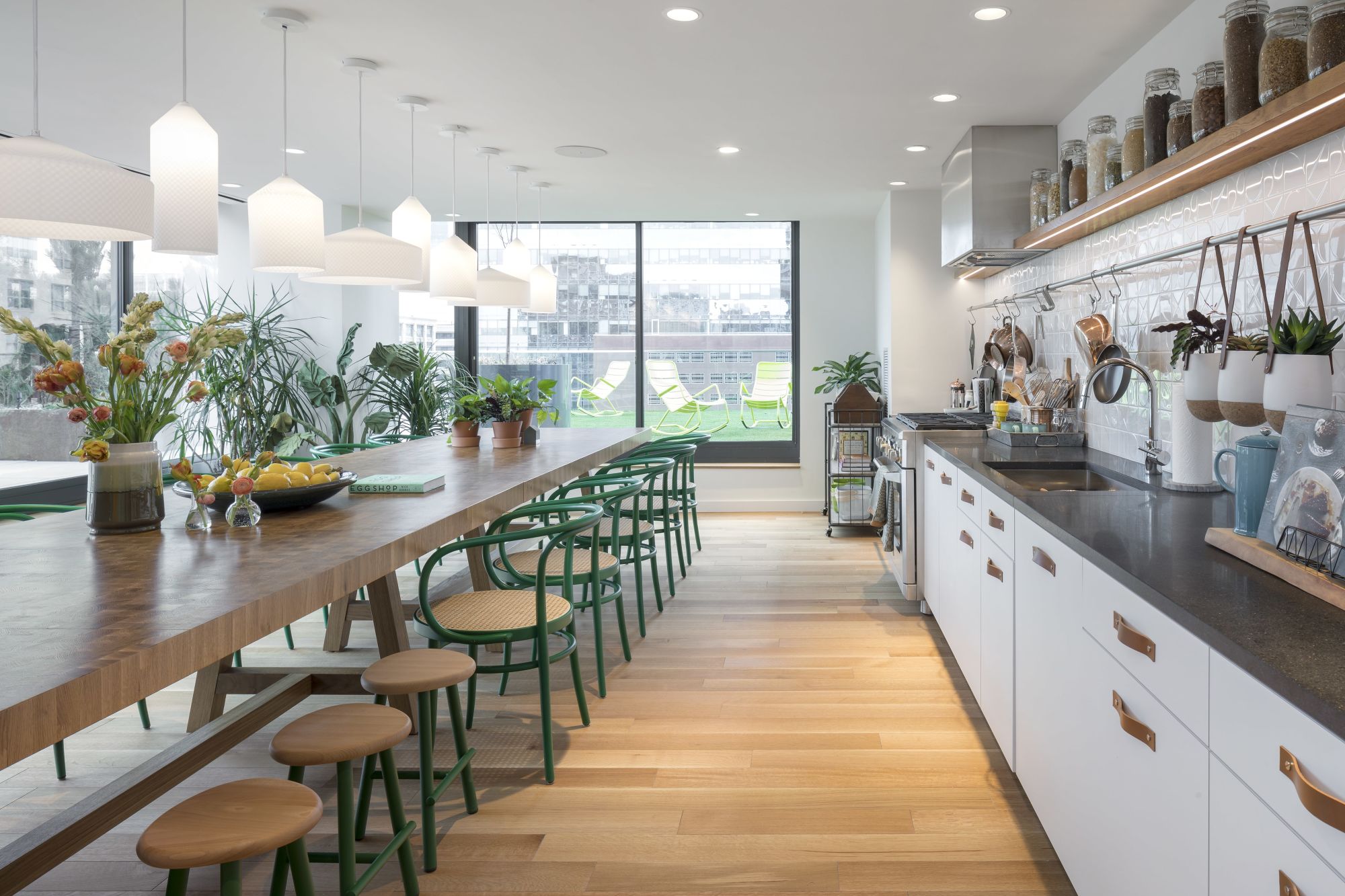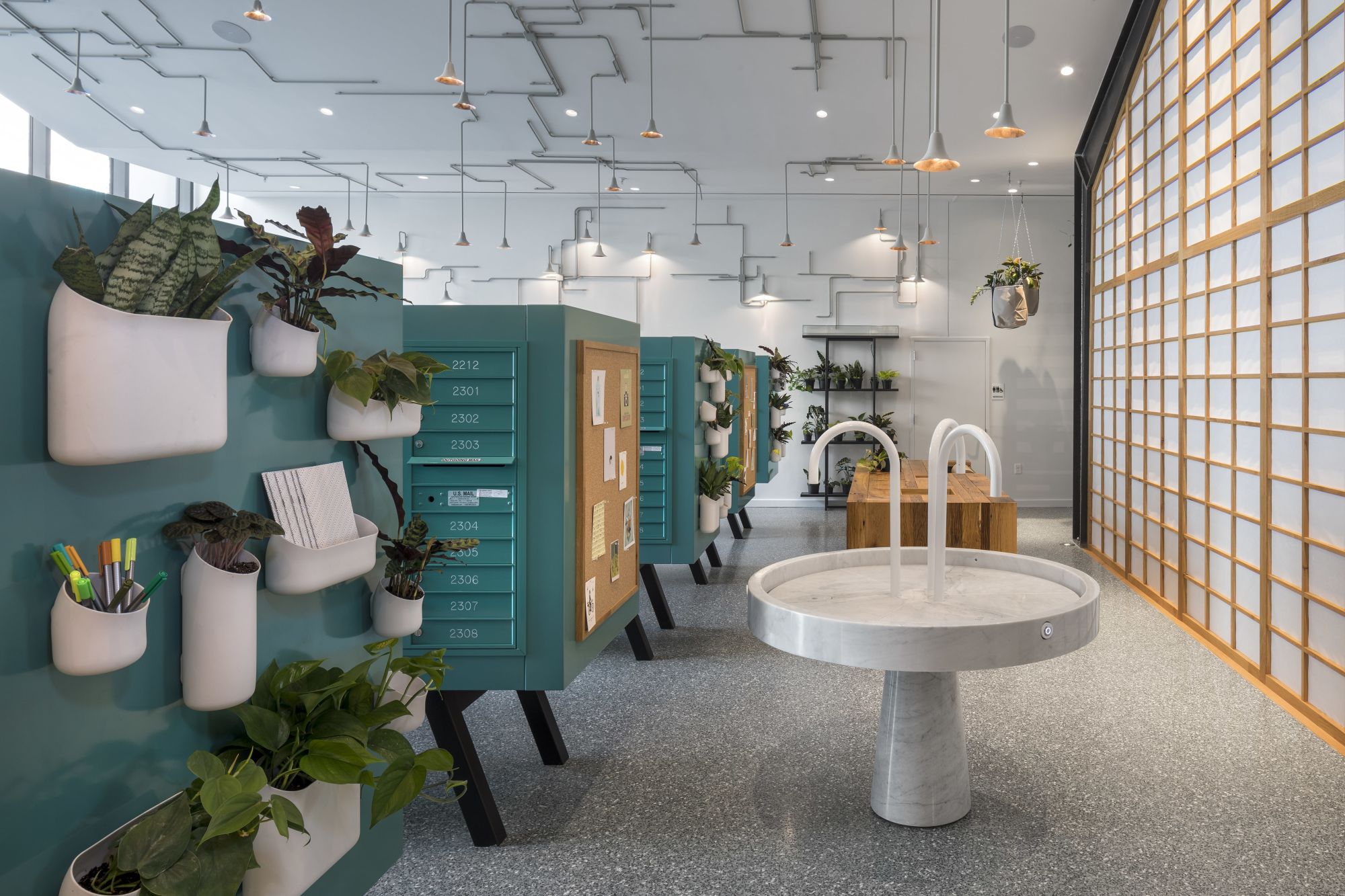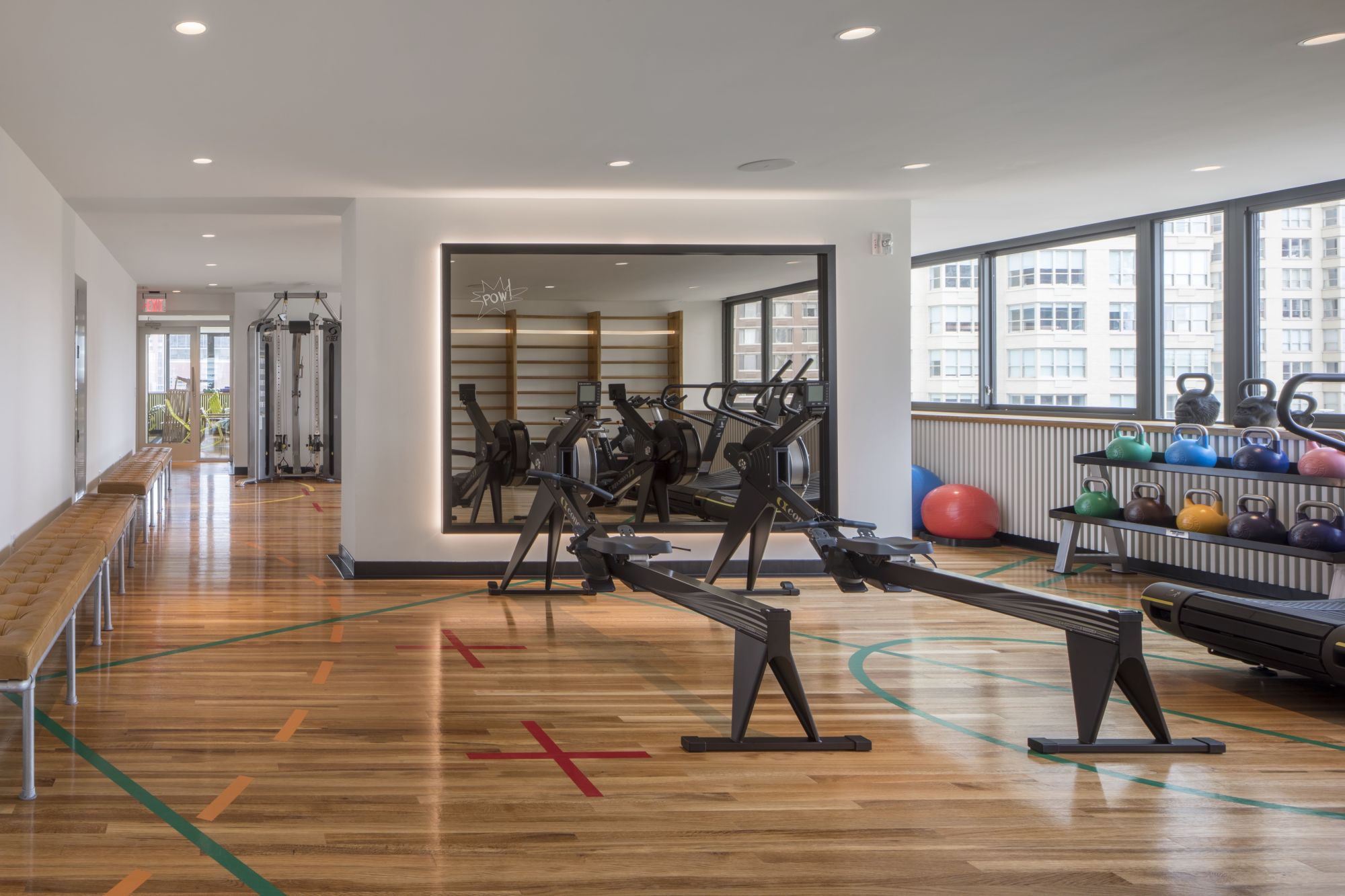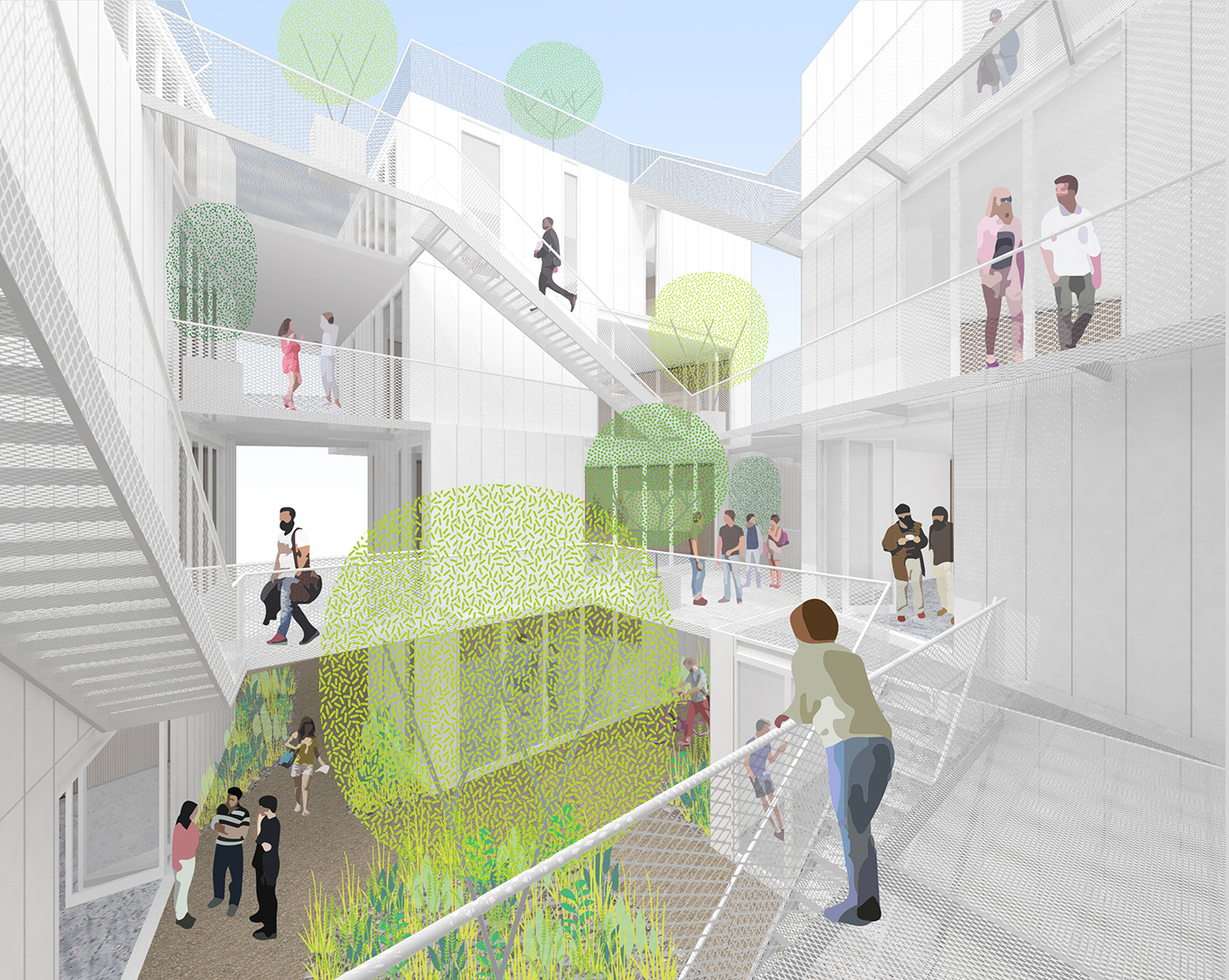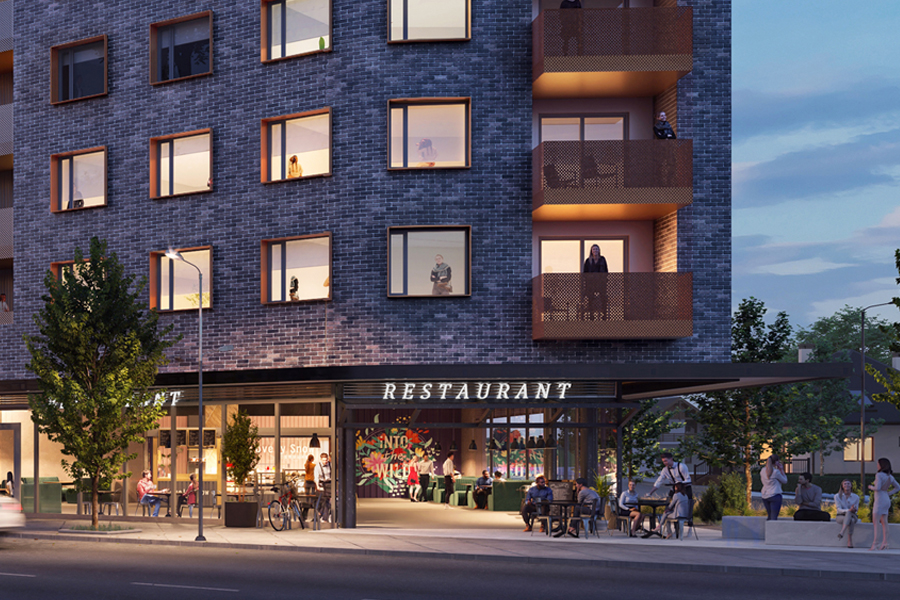Vancouver is often ranked in the top 10 of the most livable cities in the world. From a stable economy, access to healthcare, culture, environment, education – we’re doing well. But how truly livable is our city? When it comes to housing we suffer from not only a lack of options, but also an ownership-only mentality. Everyone is looking at homeownership as the prize.
In metropolitan cities like New York, Los Angeles or Tokyo – there is no shame in renting. But in our backyard we make renting to be a second choice, a less than choice.
We think it’s time to redefine what it means to be a renter – that it’s a choice to be made proudly, something that comes naturally, without stigma. Why should single-family or condo homeownership be the norm? It’s time to demystify homeownership and put renting on equal footing with owning.
So how do we start changing the story? We say, let’s build it.
